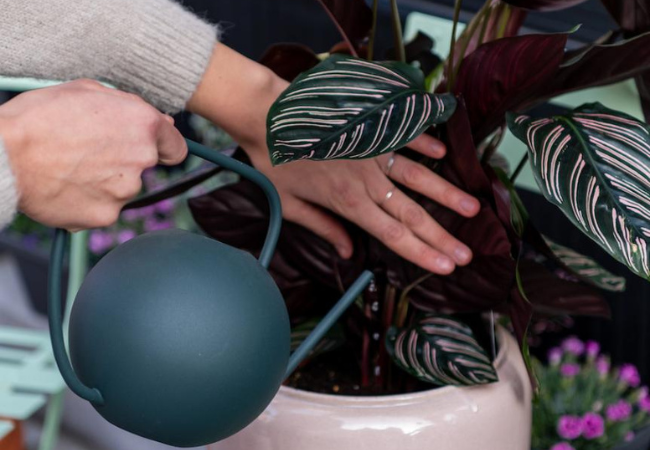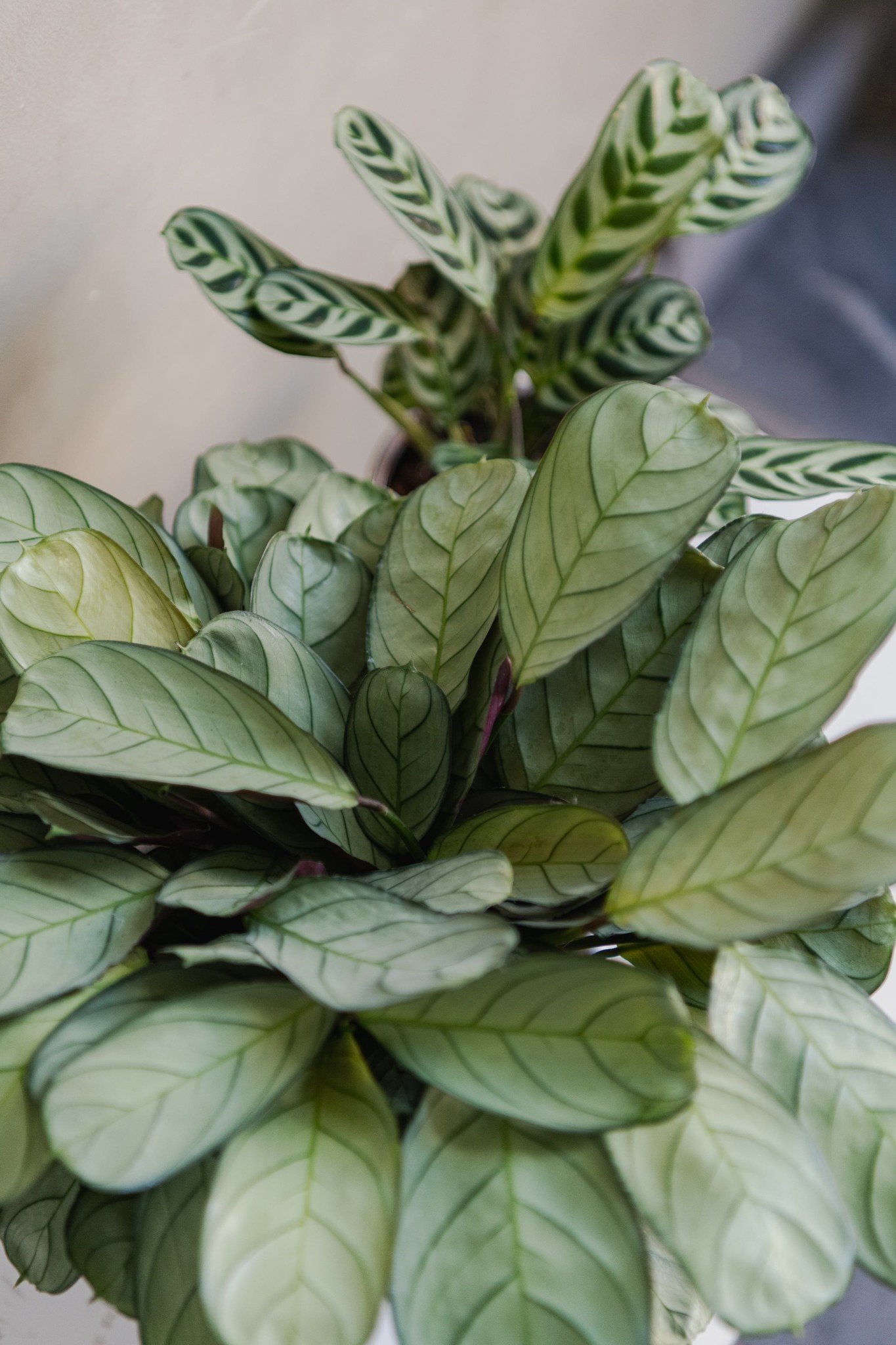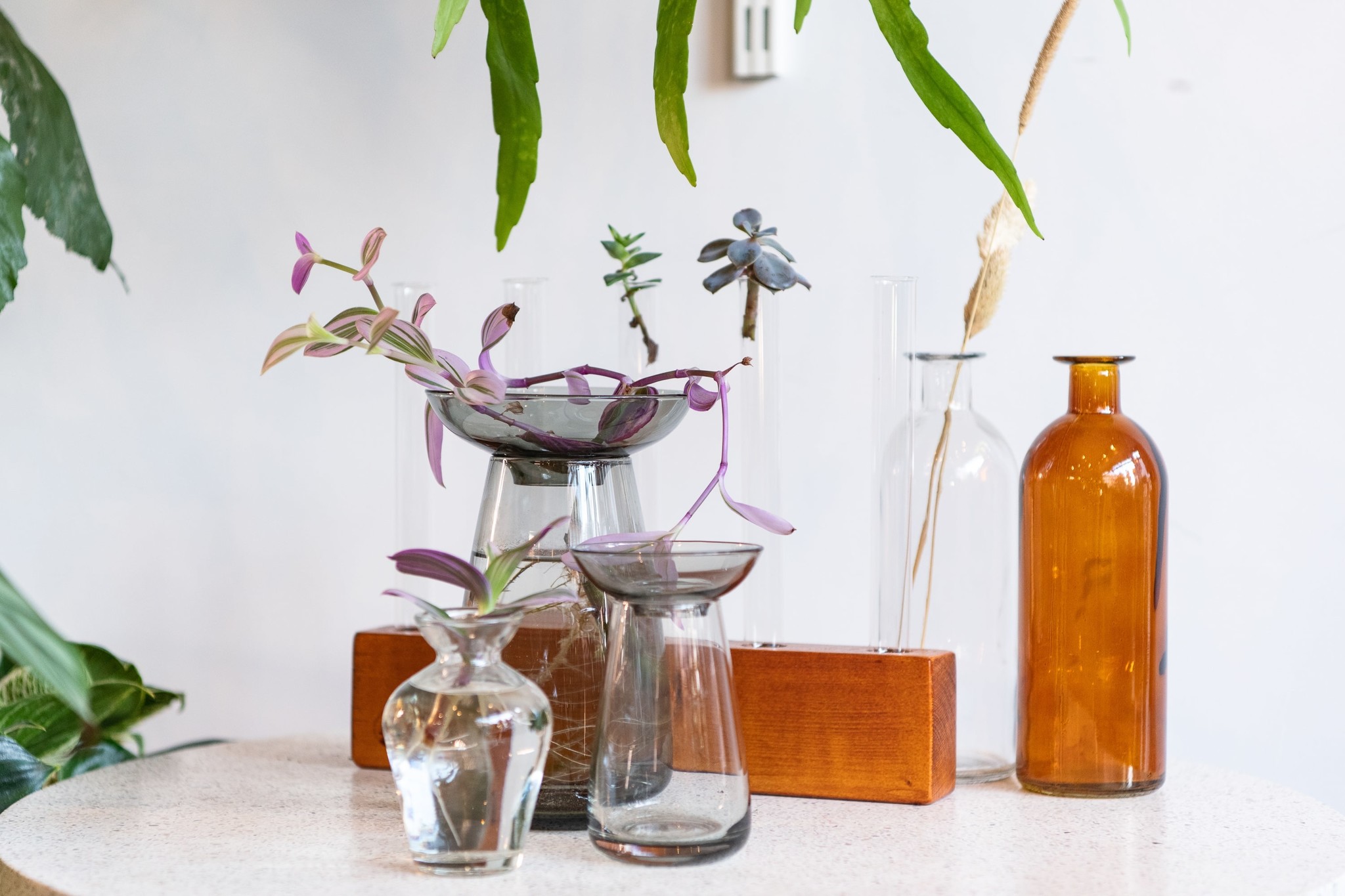WINTER: how to take care of your plants during these dark times

We collected some of our best tips to help you and your plants through the winter - and to give you some extra information about a very special winter reaction, that of the Oxalis.
Winter: undoubtedly not your plants' favorite season. They droop a bit, they get a little depressed, the days are too short and they don't see enough light. Some you may have already killed by giving them too much water.
But make no mistake: winter is indeed a crucial season for the proper growth of your living green friends. We collected some of our best tips to help you and your plants through the winter - and give you some extra information about a very special winter reaction, that of the Oxalis.

HEATING
We all notice the temperature difference, especially now that we don't dare to turn up the heating at home, but how do your plants actually react to it?
Most plants need at least 15°C. Some tropical specimens don't like temperatures below 18°C. It's ofcourse impossible to heat your whole house for just your plants. So how do you prevent your green babies from dying this winter? Maybe these tips will help.
GREEN FRIENDS & ENNEMIES OF THE COLD
Are you looking for a plant that can stand cooler temperatures? Then these cold-blooded plants might be the perfect addition to your home. And which plants should definitely not be left out in the cold? We list them as well.
Strelitzias, or birds of paradise, oddly enough don't always have to reside in a tropical hot paradise. These sunbathers can even withstand temperatures around 0. Monstera's, these good old tropical classics, can also withstand a cold snap. Cacti and succulents also need a colder season to bloom beautifully in the fall (or late summer). Do you have an easy-to-care-for Philodendron with strong foliage? If so, it can undoubtedly withstand the cold as well. Be careful though: Philodendrons with more fragile leaves are better not left out in the cold. Even some Anthuriums can defy winter temperatures, and of course there are the good classics that can handle anything: the Sansevieria, Dracaena, Yucca and the unbeatable Zamioculcas.
Alocasia's and Calatheas, unfortunately, are the complete opposite. If you leave these rascals out in the cold, you will surely regret it. So make sure your Alocasia and Calathea are always in a warm(er) spot in your home.

SEASON OF REST
As mentioned earlier, it is important for your plant to have a season to rest, and because of the lesser light and lower temperatures, that is winter. You will notice that your plant is growing slower (or not at all), losing leaves and perhaps not even doing so well. This is (to some degree) normal. So you change your plant-care routine according to the season. In the winter, that means watering much less, being careful with radiators and not giving any extra nutrition.
Does your plant still keep growing in fall & winter? That's not a big deal - some plants don't necessarily need hibernation. They notice that the days are shorter - just make sure there is a constant temperature and don't overwater them. Your plants can continue to grow slowly but steadily.
YOU KILLED IT?
Unfortunately, some just won't make it to next spring. Still want to save a few pieces of your plant before it's too late? You can take cuttings in the winter, even though it's not really recommended. Your "mother plant" recovers more easily in other seasons. But sometimes you just want to save a piece anyway. You will have to be a little more patient in fall & winter: your plant is not quite ready for multiplication. Normally you won't see growth until after a month, so in winter it can take even longer. Make sure your cutting gets as much daylight as possible.

SPECIAL: THE OXALIS
Hmm, and what about the Oxalis? You've probably noticed that these purple butterfly leaves are disappearing. Have you killed your fully edible plant? No, no need to panic! The oxalis enters a dormant period in winter. It often then dies off completely above ground. But the tubers that are in your potting soil will come back double and even much thicker in the spring. You can even dig out the tubers and put them in other pots - that's how you easily multiply your oxalis. Leave the plant (or pot of soil) thoroughly dry from now on, and don't start watering again until spring.
Did you know that some plants have a very strong root system? The Oxalis is one such example, as are many plants that have "tuberous roots." But sometimes other plants can also start growing back, after having died completely above ground. Have you noticed that with your Calathea by any chance? Sometimes it suddenly returns completely, as if resurrected from its ashes.
